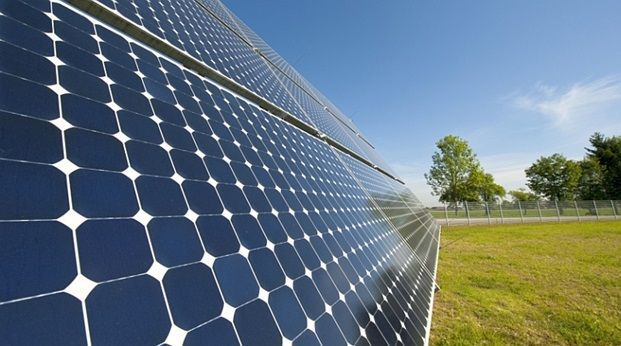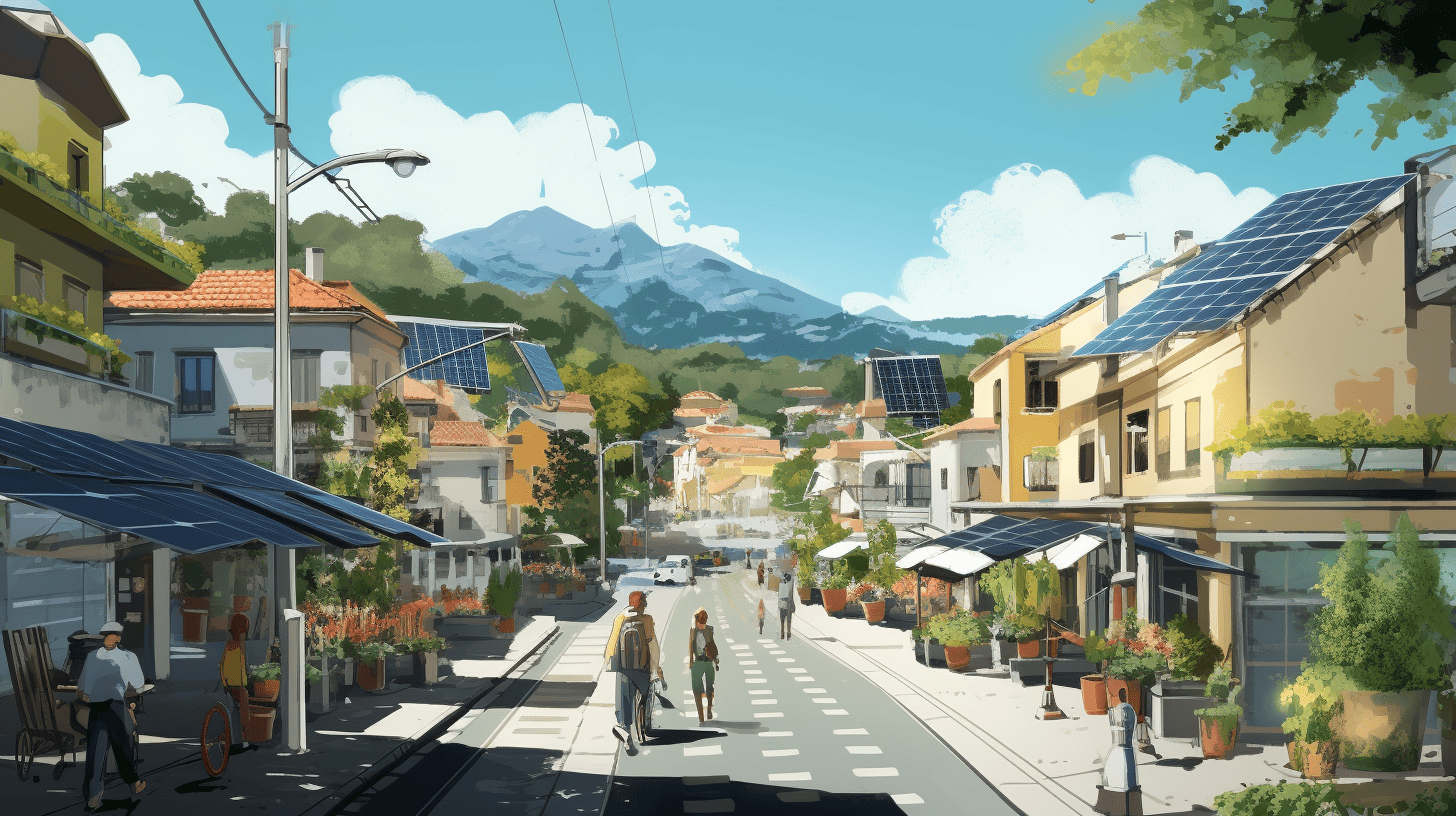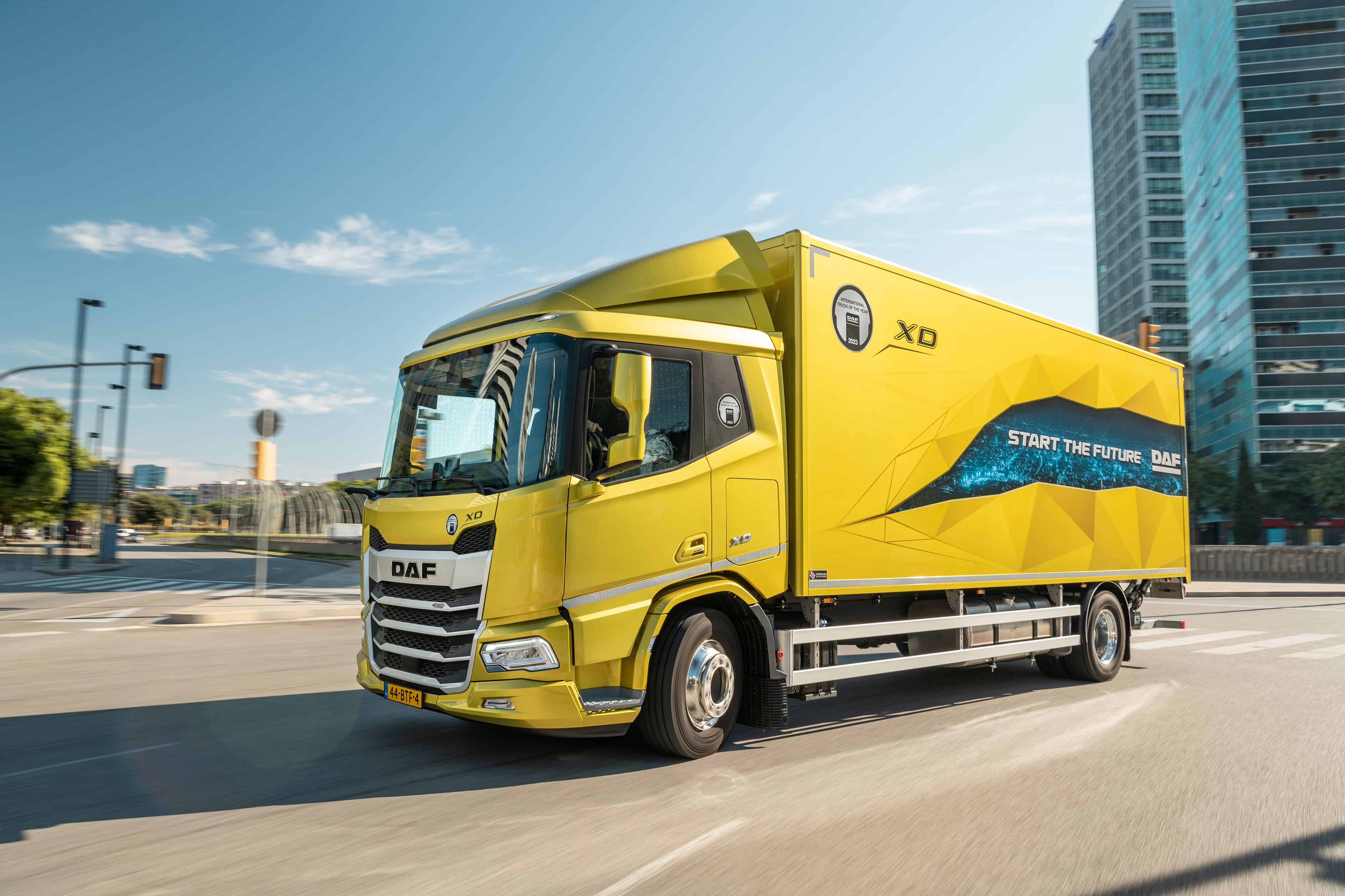
The electricity grid is at its maximum capacity in more and more places. Especially in sparsely populated areas, there is too little margin. And that means that it is precisely these areas that are unsuitable for generating wind or solar energy on a large scale, while space would be suitable for it. The generated power would cause the local grid to collapse.
The relatively thin cables in these areas, in particular (because of the traditionally lower energy demand), only make the problem worse. Some time ago, it led to energy producers explicitly calling for restraint in the construction of new wind and solar farms. However, there seems to be a turning point: with initiatives in the Dutch provinces of Groningen and Friesland, Groenleven, Liander, and Enexis are exploring if hydrogen and ‘curtailment’ can provide a breakthrough.
“The problems on the grid are slowing down the energy transition”, says COO Peter Paul Weeda of GroenLeven. And so he wants to do something about it, together with the grid managers.
Next to hydrogen, the initiators want to use ‘curtailment’. Curtailment? Weeda: “Curtailment means that the feed-in capacity of a solar farm is slightly reduced during peaks in the electricity grid. This will enable grid managers to connect more wind and solar farms to the grid in the future. With this new solution, space may be created for 30% more solar panels.” During the pilot period of 4 months, which takes place at the Woldjerspoor solar farm in Groningen, a maximum of 140 megawatt-hours will be ‘curtailed’.
“The scarcity of transport possibilities makes it even more important to use capacity efficiently. Curtailment can make a major contribution to this”, says Ton van Cuijk of Enexis.
Hydrogen
Earlier, GroenLeven and Liander joined forces for a hydrogen pilot in Oosterwolde, Friesland. This concept also serves as an alternative to accommodate large-scale solar energy in areas where the capacity of the electricity grid is insufficient. By converting sustainably generated electricity into green hydrogen, a solution is created for opening up large-scale solar sources. The hydrogen is stored locally and then used, for example, to make mobility more sustainable. The installation is expected to be operational in the first half of 2021.
“The Netherlands is lagging far behind all the sustainability targets that have been set.”
Peter Paul Weeda
Weeda: “We are facing an enormous challenge. The Netherlands is lagging far behind all the sustainability targets that have been set. Action must be taken now, but the problems on the net are causing a huge delay. We have to solve them together. This cooperation is a wonderful example of working together with grid managers, governments, the business community, and knowledge institutes to work on future solutions that can have a major impact”.







